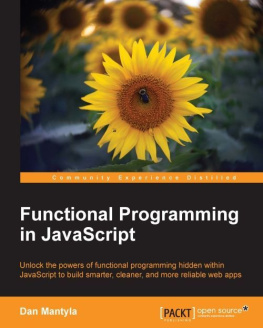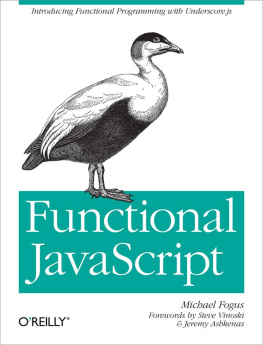1.1 Why Phylogenetics and Functional Traits in Ecology?
The distribution of biodiversity is a, if not the, major focus of ecologists. Specifically, ecologists often investigate the spatial or temporal trends in biodiversity levels within a particular study region or across the planet. The study of biodiversity has traditionally focused on quantifying patterns of species diversity or species richness across some type of gradient and determining the potential processes that have produced the observed pattern. This approach is a cornerstone of ecological investigations and thinking regarding biodiversity. However, there are two clear limitations to this species-centric approach. First, biodiversity is not simply species diversity. Biodiversity also includes the phylogenetic, genetic, and functional diversity in an assemblage []. Ecologists are now embracing this reality and have altered their research programs accordingly. The number of phylogenetic- and functional trait-based analyses in ecology has skyrocketed in recent years resulting in hundreds of publications. Indeed, entirely new fields in ecology have formed such as community phylogenetics, and new grant programs have sprung up such as the United States National Science Foundations Dimensions of Biodiversity program.
Coinciding with the increased interest in quantifying phylogenetic and functional diversity in ecology, a dizzying array of tools and methods has been generated to incorporate phylogenetic and functional information into traditional ecological analyses. Increasingly, these tools are being implemented in R making them easily and freely accessible to researchers around the planet. The goal of this volume is to lead beginning or advanced R users through phylogenetic- and functional trait-based ecological analyses in R. It is expected that beginning users can use this volume as a step-by-step entryway into phylogenetic and functional analyses for ecology in R, whereas it is expected that more advanced users will be able to use this volume as a cookbook or quick reference to understand particular analyses. The volume starts with chapters on the R environment and phylogenetic data in R. These are followed by three chapters providing comprehensive coverage of phylogenetic and functional metrics of biodiversity and one chapter on null modeling and randomizations for phylogenetic and functional trait analyses in R. Lastly, two chapters focusing on integrating phylogenetic and functional trait information are provided followed by a final chapter that focuses on interfacing the R environment with a commonly used C-based program called Phylocom that has been influential in phylogenetic ecology [].
1.2 Why R?
After learning how to ask fundamentally important questions, basic natural history and field identification of the organisms in their study system, I think there are few skills more useful for young ecologists to learn than programming in general and statistical programming in particular. Ecology, like many other disciplines, is rapidly advancing in its analytical complexity and its utilization of big data. Performing advanced analyses, even on small datasets, or performing even simple analyses on large datasets typically require some level of comfort with computer code. Indeed, when I meet ecology undergraduate and graduate students (and faculty) at other universities I am often asked whether it is worth it to learn a programming language like R. I usually provide the response of course. In many cases I am met with an unconvinced look. I can read in their eyes that they really dont buy my response as a reason to go through what seems to be a daunting process of learning a computer language. To combat this response I often like to first say learning R is very liberating as it frees one up to do many more analyses that they can currently perform. Second, to buoy the first statement I convey an estimate of the percent of the journal articles that I have published that I think would have been possible without R or the ability to program in some other language. The percent I generally estimate is surprisingly small to many (<20 %). In other words, a lot of the work I do simply would never be possible without even a basic ability to write computer code. I was fortunate enough to be confronted with this reality very early on in my graduate career while working with big datasets and I realized that I better learn a programming language quick if I was to finish my Ph.D. in under a decade.
Learning R and using it day to day (when not in the field, but often also using it in the field letting analyses run on my computer in the field station while I was out staring at trees) was perhaps one of the most valuable tools I gained in graduate school. While it is certainly valuable to learn other programming languages, I would argue learning R is the best starting place for ecologists. This is because ecology and many other disciplines have converged on R for their statistical analyses. This creates a positive feedback loop where more and more researchers perform their analyses in R and write analytical code specifically for R, and therefore more researchers find themselves drawn into the R universe and also contribute. The R code that researchers produce is often made available in packages or in the supplemental material of journal articles making analyses transparent and widely accessible. The issue of accessibility brings us to another important reason why R should be used. R is free! You do not have to pay large sums of money to run your statistics and neither do your collaborators with whom you would like to share your code. Anyone anywhere can freely download the software on their computer and run the most current and advanced analytical code in their field. This greatly levels the analytical playing field for ecology and that can only be a good thing for our science and for achieving our common goals. So I ask youwhy not R? The most advanced ecological analyses are now generally coded in R, and this code is becoming or already has become the common analytical currency in ecology.

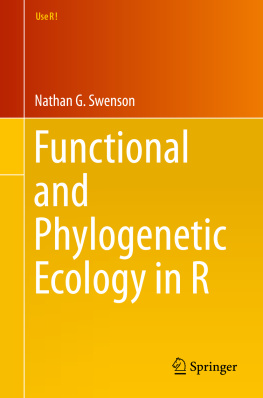

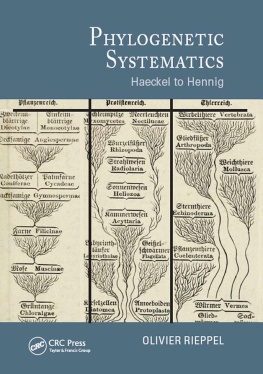
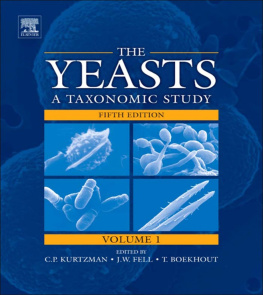
![Anto Aravinth [Anto Aravinth] - Beginning Functional JavaScript: Functional Programming with JavaScript Using EcmaScript 6](/uploads/posts/book/120482/thumbs/anto-aravinth-anto-aravinth-beginning.jpg)

